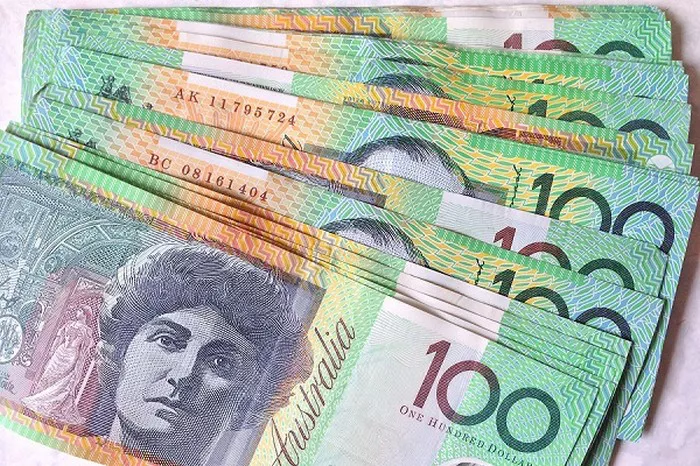Australia, a country known for its rich cultural diversity and unique heritage, boasts a monetary system that is not only a symbol of economic stability but also a reflection of its historical ties. One striking feature that captivates both locals and visitors is the prominent image of Queen Elizabeth II adorning Australian banknotes. The presence of the British monarch on Australian currency has sparked curiosity and raised questions about the historical, cultural, and constitutional significance behind this enduring association.
Historical Ties:
To understand why Queen Elizabeth II is featured on Australian money, it is crucial to delve into the historical context that forged the bond between Australia and the British monarchy. Australia’s roots as a British colony date back to 1788, when Captain Arthur Phillip established the first European settlement in New South Wales. Over the years, the Australian continent saw the influx of British migrants, and by the mid-19th century, it had become a series of self-governing colonies.
In 1901, the six colonies federated to form the Commonwealth of Australia, but the ties to the British Crown persisted. The constitutional framework adopted by Australia acknowledged the British monarch as the head of state, a role that continues to be symbolic in the contemporary constitutional monarchy.
Constitutional Monarchy:
Australia’s status as a constitutional monarchy means that while it is an independent and sovereign nation, it maintains a constitutional link with the United Kingdom. Queen Elizabeth II, as the reigning monarch, serves as the ceremonial head of state in Australia. However, it is essential to note that her role is largely symbolic, and the day-to-day governance of the country is carried out by elected representatives.
The Australian Constitution outlines the monarch’s position and role in the political structure. The monarch appoints a Governor-General, who acts on their behalf, representing the Crown in Australia. This constitutional framework is reflected in the design of Australian banknotes, where the image of Queen Elizabeth II symbolizes the historical and constitutional ties with the British monarchy.
Cultural Significance:
Beyond its constitutional roots, the depiction of Queen Elizabeth II on Australian currency holds cultural significance. The monarch has been a witness to a significant span of Australia’s history, having ascended to the throne in 1952. The images of Queen Elizabeth II on various denominations of banknotes serve as a visual timeline of her reign and Australia’s evolution during that period.
The inclusion of the queen on currency notes also reinforces a sense of continuity and tradition. Australians, regardless of their individual views on the monarchy, have come to associate the familiar visage of Queen Elizabeth II with stability and national identity. The cultural connection goes beyond politics, with the queen representing an enduring link to Australia’s historical past.
Evolution of Banknote Designs:
Over the years, the design of Australian banknotes has undergone significant changes, reflecting shifts in societal values, technological advancements, and artistic preferences. While the portrait of Queen Elizabeth II has been a constant, the surrounding elements and security features have evolved.
The Reserve Bank of Australia, responsible for issuing banknotes, periodically updates the design to incorporate advanced security features, making it harder for counterfeiters to replicate. These design updates also provide an opportunity to celebrate Australian achievements, landmarks, and cultural diversity alongside the queen’s image.
Public Perception and Debate:
The presence of Queen Elizabeth II on Australian currency has not been without its share of debate. Australia’s status as a constitutional monarchy prompts discussions about the relevance of retaining the British monarch on its banknotes. Advocates argue that it is a symbol of tradition, while others question the need for a foreign head of state on the nation’s currency.
Public sentiment on this matter varies, and periodic discussions around the potential transition to a republic continue to take place. However, any constitutional change requires a majority vote through a national referendum, adding an extra layer of complexity to the debate.
See Also When Was AUD Strongest? A Closer Look
Conclusion:
The enduring presence of Queen Elizabeth II on Australian money is a testament to the intertwined history, constitutional framework, and cultural identity that define the nation. While discussions about republicanism may persist, the queen’s image on banknotes remains a recognizable symbol that connects Australia to its past and reaffirms its place within the Commonwealth. The ongoing dialogue surrounding this issue reflects the evolving nature of national identity and governance in a country that values both its historical ties and its independent spirit.


